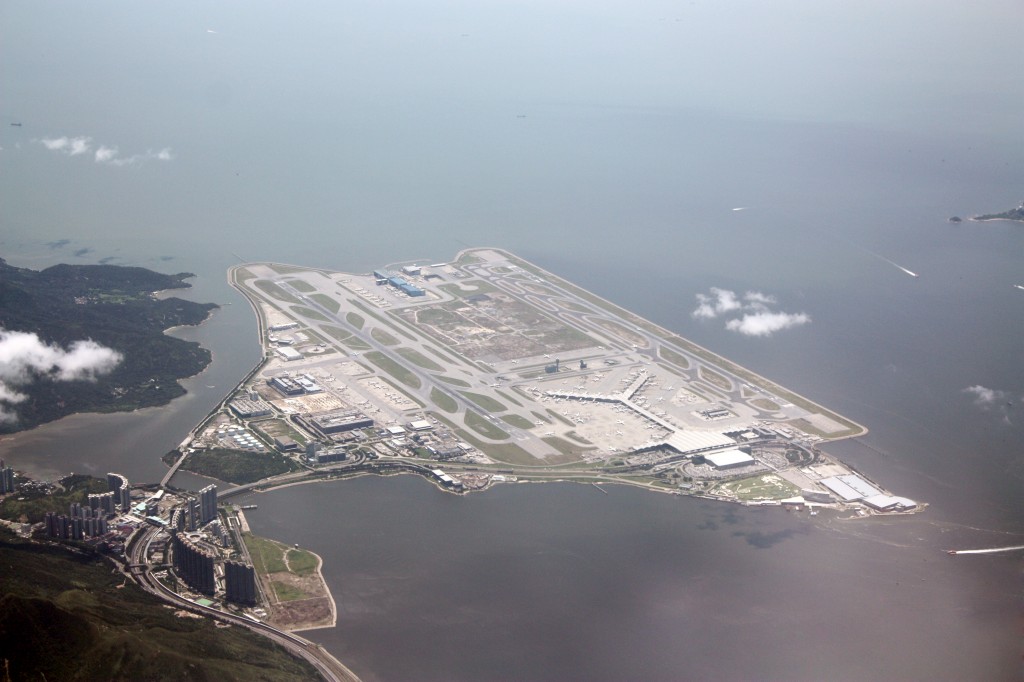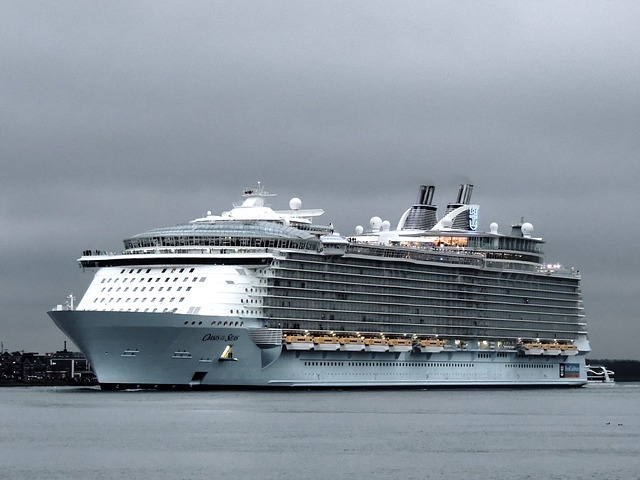Eighty percent of land in Japan is mountainous and plains between them are close to completely populated with residential and business buildings. Making room for huge projects like airports is becoming increasingly difficult. As a result, Japan has had to “think outside the box” and has done so by reclaiming shallow waters around its coastline with “filler” projects; Tokyo and Chiba are notable examples. But the attempt to create “floating runways” is a novel idea and required a lot of technical and scientific analysis to design, build and test.
Pilot Project Tests Floating Structures as Runways
Japanese engineers were looking for a new approach and fused technology from its shipbuilding and architecture industries to create the concept of floating structures usable as fully functional airport runways. In 1995 Japan formed the Technological Research Association of Megafloat (TRAM) to further develop ideas that had their origin in the 1970s. Engineers also drew upon the experience of the Okinawa International Ocean Exhibition (OIOE) held in 1975 in which Aquapolis, a floating city project, was created.
The following chart shows the probability of failure for various technologies as a means of determining safety specification for floating runways.
Tokyo Bay Test
The result was a 4,000 m airport runway design, including a string of smaller experimental models for testing, to demonstrate the soundness of the technology. The project was based on research and development in six areas including design-related research, fabrication, towing, safety and assembling and joining at sea.
Functional criteria were developed for the project: including runway slope, taxiway slope and aeronautical alignment. Engineers also extensively modeled failure scenarios for Megafloat including drifting, mooring failure, excessive motion, water damage, high waves, typhoon conditions, structural sinking or flooding, and corrosion fatigue.
Project’s Main Outcomes
According to the Shipbuilding Research Center of Japan (SRCJ) the main outcomes of the research and development included:
- A number of programs were developed to design a large-scale Mega-Float airport taking into account hydro-elastic response. Using these programs, test designs of an approximately long (5000m) floating airport containing a 4000m class runway were drafted.
- Programs were developed to estimate fluctuations in the radio waves of ILS and PAPI, which are caused by minute motions due to hydro-elastic response in the Mega-Float airport. These were then analyzed using the 4000m class test designs. In addition, through the inputting of the analyzed values into a Japan Airline’s (JAL) flight simulator, several active pilots made simulated landings at the Mega-Float airport for evaluation. The results of these evaluations indicated that hydro-elastic response has no effect on landing.
- Actual test take-offs and landings carried out on the 1000m Mega-Float in Tokyo Bay enabled various data to be collected and analyzed, but no noticeable difference to land based airports was found. Furthermore, the results proved to be even more successful when the pilots who participated in the take-off and landing verification tests evaluated the Mega-Float runway as being no different from land based airports.
- The environmental impact of the undersea noise caused by the take-off and landing of aircraft was evaluated to be at a level that would not affect the habitat of marine life.
Megafloat II in the Works
The Tokyo Bay Megafloat project was terminated in 1998 but the information and experience gained during the project’s lifetime and research have led to more plans for building floating airports. Megafloat Phase II is now being planned for Yokosuka City in Kanagawa Prefecture and involves the same size structure tested in Tokyo harbor.
For more information on construction, safety, ecology, results, newsz and documents/photos visit: Megafloat: www.srcj.or.jp





